Nothing works right when it’s –18 degrees outside. Camelbacks contain frozen water. Snowshoe buckles break and nose hairs stiffen with ice. I know this from experience. A biting, yet beautiful, experience on Idaho’s South Fork of the Snake River.
The South Fork hosts a huge hatch of fisherman in the summer, but when winter grabs icy hold of the canyon stretch, the road closes leaving the river open to the wild.
“There are animals everywhere and you don’t see that anywhere else,” says angler Mike Glissmeyer, with his face buried in a bandana to ward of winter’s bite, “I think this is a place that deserves some respect. As long as people respect it, they should come and enjoy it.”
Mike and his buddy Ryan Case are with me on this arctic adventure. We already know why the world-renowned fishery matters to anglers. Now we want to see why it matters to hunters. The corridor is considered valuable winter range for big game. Our exploratory mission requires working in well below zero weather with batteries tucked in my armpits and frozen snot in my nose. Yes, frozen snot. It’s an awkward, flickering sensation you never forget.
Snowshoeing keeps my blood pumping, but I can’t help stopping to watch a pair of trumpeter swans float by. They gracefully glide on the far side of the river while a moose casually munches willow on the bank in the background. We all stare. No one speaks.
It’s so quiet, I can hear crispy chunks of water rubbing. That’s the sound of nature icing up in downstream swirls. I keep staring and see more furry animals. Mule deer. Their winter coats are thick. So is the fat on their backs. Closing the canyon to vehicle traffic in the winter helps wildlife hold on to that fat.
Teton Regional Land Trust, Conservation Fund and Nature Conservancy work with Bureau of Land Management, U.S. Forest Service and private land owners to keep the canyon as is. The result is 20,000 protected acres divided among parcels worth about $50 million dollars.
“What is so incredible about the South Fork is that the landscape, the river corridor and the surrounding land, is largely intact,” says Joselin Matkins, Teton Regional Land Trust executive director. “This is in thanks to 25 years of hard work with other conservation partners and landowners.”
Those acres include sunny, south facing slopes where deer stake their grazing claims. They casually glance our way before returning to feed. They see few people in the winter and even fewer people who actually get in the ice chest.

“The river looks a little bit on the hesitant side,” Ryan says through a frost-covered face mask. “The edges are pretty much full of ice. It’s going to be hard to get a fly in there, but we’ll see what we can do.”
Mike and Ryan string line while I set up my camera in a clearing between red-rubbed branches. Mike wades into the glowing scene first. He’s a glowing silouette. Sunlight dances on the slushy current running through the heart of the canyon. Trees and shrubs are coated in brilliant glitter and steam billows between the ridges like a whistling teapot. What I wouldn’t give for a cup of that right now.
“There’s not a lot of access in the winter as far as fishing goes, so you gotta work for it,” Mike says as he picks ice clumps off his fly fishing line. “It’s worth it. I love fishing and I’m not willing to give it up because it’s cold.”
But it’s really cold. Even with the sun out. Water freezes along Mike’s fly rod faster than he can cast. He’s out of the river before Ryan gets in. We spend the rest of the day snowshoeing. Our rods never haul another inch of line and we never see another soul.
“The quiet. It’s great,” Mike says. “There’s nothing better.”

Considering the healthy, relaxed behavior of the wildlife, I’d say they agree. They’re born of rugged terrain and relentless winters and it shows in their sturdy, unstarved stature. Canyon fawns can be twice as big as fawns raised in other parts of the state.
The trouble is, I’m not twice as big and I’m out of body heat by late afternoon. My creative mind advances its messaging from hot tea to brothy soup. It’s time to leave. As we snowshoe out, I’m grateful to be moving in frigid weather when the sun is up, but I’m not interested in being in the canyon when the sun goes down at dinnertime.
Mentally, I’ve already crushed crackers in my soup and curled up by the fire. A few more miles of crunchy snow beneath my boots and I’ll be back to my truck. I can tell Ryan and Mike are thinking the same thing because they’re pacing me with swift, get-out steps. Wild animals can have the canyon for the winter. It suits them better, anyway.




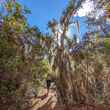
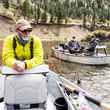










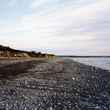
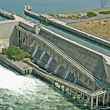



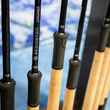
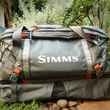



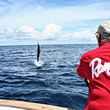
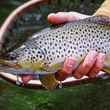

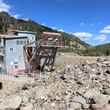
Comments
Daniel Carolan replied on Permalink
Which part of the highway is closed? I've driven 26 to 31 to Victor in the winter and come back from Jackson through Star Valley. Is it closed from Swan Valley to Alpine?
Pages